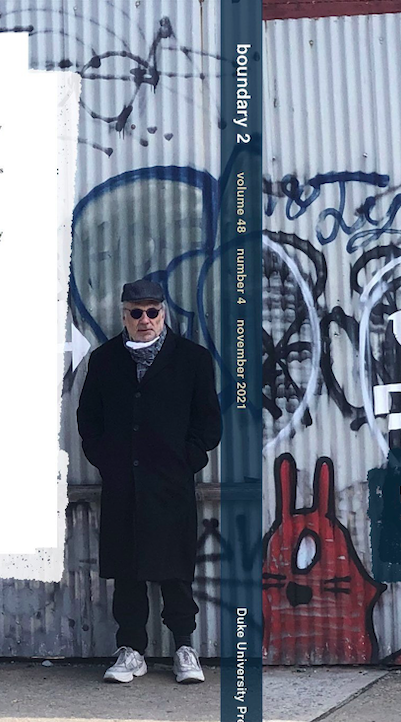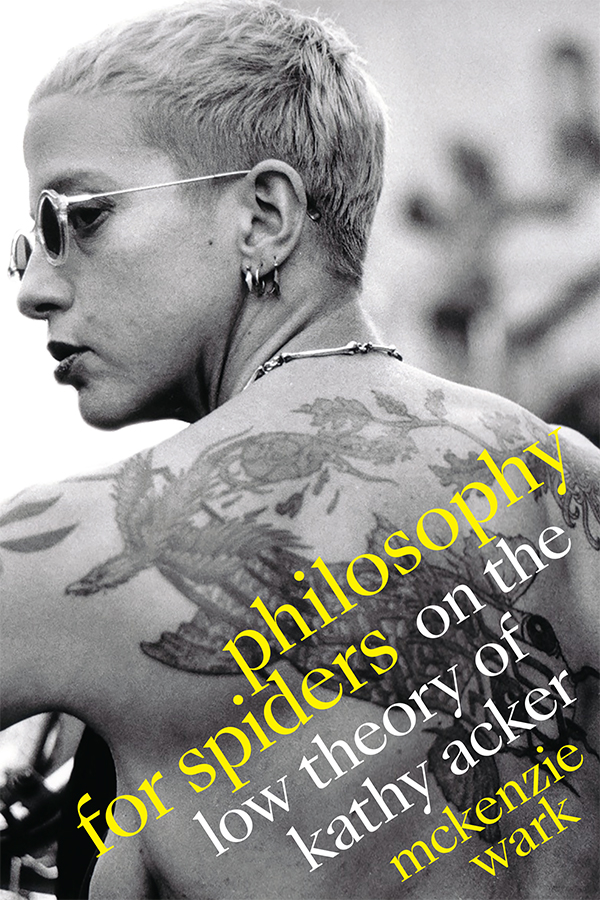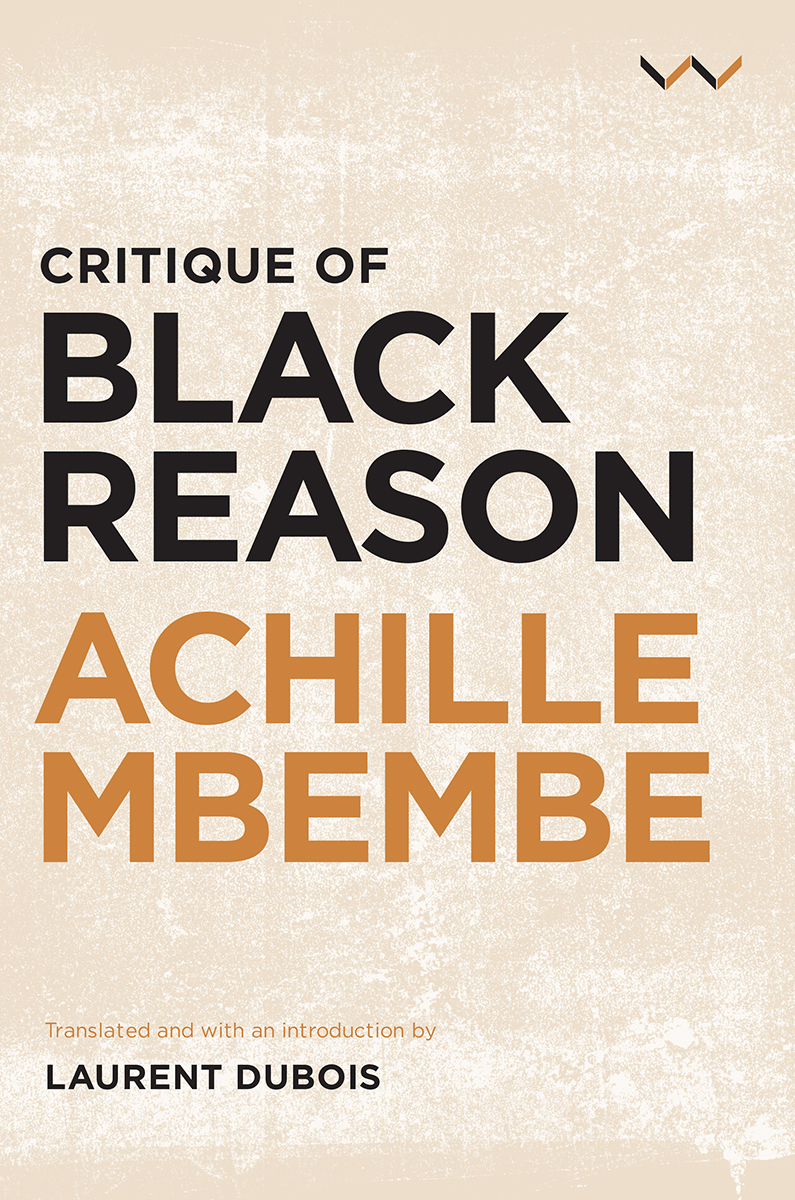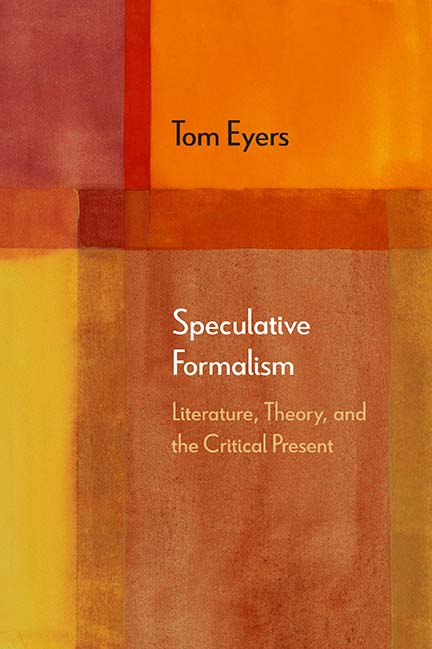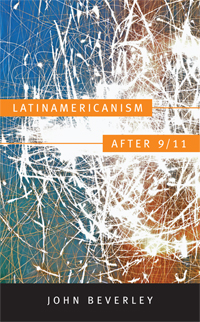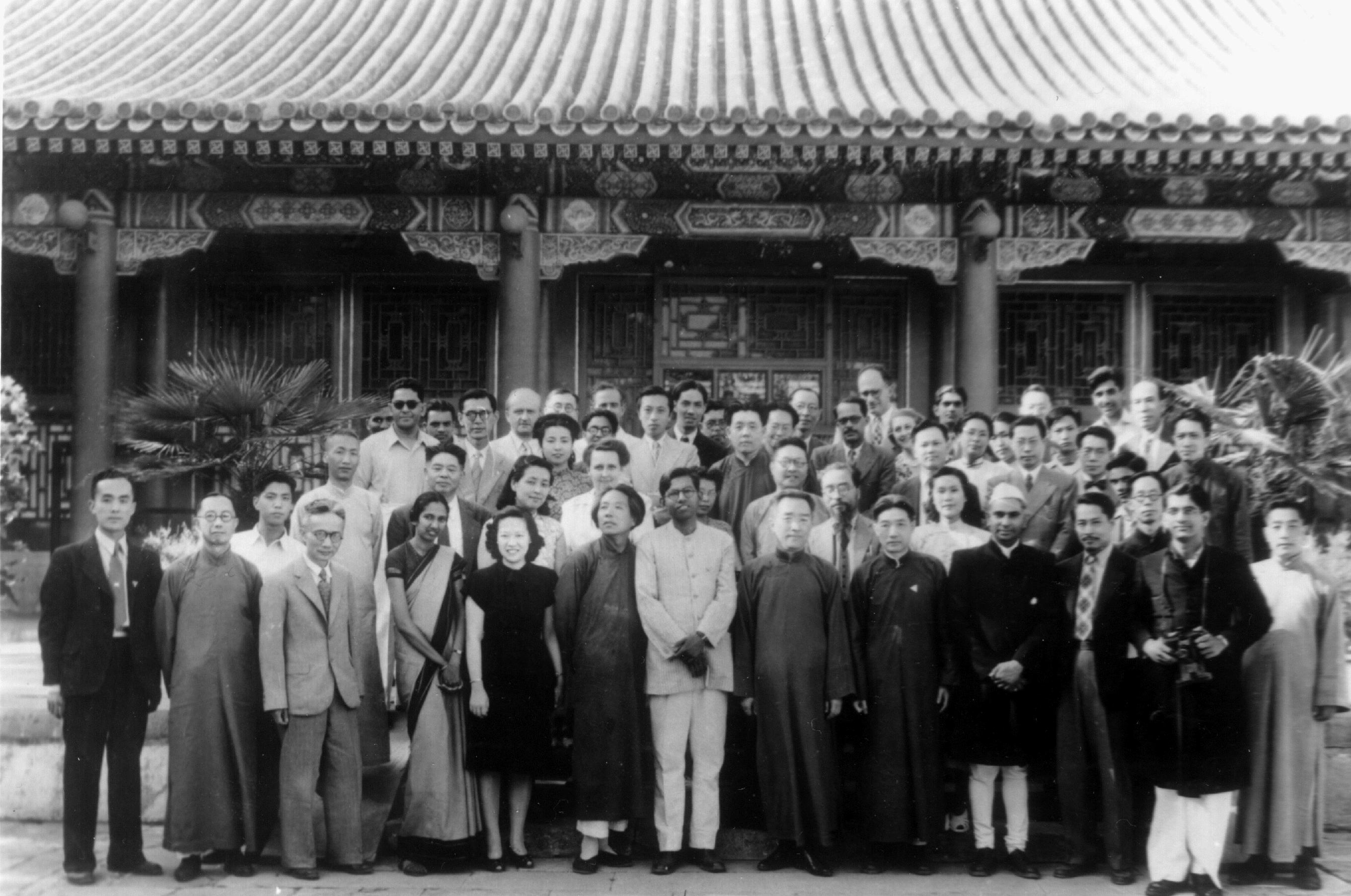by LI Zhimin and Daniel Braun
This article was peer-reviewed by the boundary 2 Editorial Collective.
A subtle chain of countless rings
The next unto the farthest brings;
The eye reads omens where it goes,
And speaks all languages the rose;
And, striving to be man, the worm
Mounts through all the spires of form.
——Ralph Waldo Emerson
Charles Bernstein has been, of all contemporary American poets, the one who has done the most to bring back those important words and phrases that tend to be “excluded” from circulation.
——Marjorie Perloff
When a mother gives an egg to her child and says “egg” at the same time, she is helping her child establish “a link” between language and the world. But what is the nature of this link? As the great Swiss linguist Ferdinand de Saussure explained, langue (by which he meant particular languages, like French, or English, or Mandarin Chinese) is a system of signs which parcels out the world of sense into discretely sayable things. The signs that comprise this system are complex: they are composed of a signifier – the acoustical image, as he called it, that is formed from a combination of a given language’s phonemes – and a signified – the conceptual image or item recalled and indivisibly linked with that string of phonemes. The linguistic sign is not the thing in the world which it names.[1] In the scene described, the mother teaches the child the link between all three elements in a single stroke, bringing the child irrevocably into the world of language – both the particular language, through which this introduction is made, and language in general, what Saussure called langage. Eventually, the child will learn to draw a self-conscious distinction between language and the world which it denominates, between what is sometimes called the linguistic functions of use and mention, as when he refers to ‘egg’: not the reproductive ovum and its nutriment, but the three-letter word spelled /e/g/g/. The creation of these links is the foundation for all human thinking, upon and out of which all of our most complicated thoughts are built. It is from the perspective of these links that we can examine some of the most pressing questions concerning what I will call international poetics, the communication of innovations and norms within and between the poetry of particular languages and cultures, and beyond.[2]
The best recorded story to demonstrate how the first links between a signified, a signifier, and the real world are created is that of Helen Keller. As she recalled: “As the cool stream gushed over one hand, she spelled into the other the word water, first slowly, then rapidly. I stood still, my whole attention fixed upon the motions of her fingers. Suddenly I felt a misty consciousness as of something forgotten—a thrill of returning thought; and somehow the mystery of language was revealed to me. I knew then that ‘w-a-t-e-r’ meant the wonderful cool something that was flowing over my hand. That living word awakened my soul, gave it light, hope, joy, set it free!”[3 In this passage, Keller vividly describes the moment when “the link” between the word “water”, and the wonderful cool flowing water of the world that was impressed upon on her mind. Though the signifier of the linguistic sign is objective, common to all speakers of a language, the cognitive image to which it is linked, and the emotional associations it bears, are personal, subjective and changeable. The significance of this division between the objective elements of language, and the subjective half to which they are bound and supported, is significant to the study of poetics.
T.S. Eliot’s theory of an “objective correlative” is a case in point. He states: “The only way of expressing emotion in the form of art is by finding an ‘objective correlative’; in other words, a set of objects, a situation, a chain of events which shall be the formula of that particular emotion; such that when the external facts, which must terminate in sensory experience, are given, the emotion is immediately evoked.”[4] Eliot is correct in suggesting that such an emotion can be “evoked”. However, it is mistaken to assume that “the link” between “the evoker” and “the evoked” is objective. In fact, as exemplified in the case of Helen Keller above, the emotional association with the image of a particular object in one’s mind is formed by a combination of personal experience and collective instruction, the results of which are at once common enough to allow communication among speakers, yet irreducibly individual, and variable among one another, such that we can never know if our signifieds are identical to each other’s. This is indeed one of the great mysteries and miracles of language. Beyond this brute difference of other minds, there are the idiosyncrasies and vagaries of experience that contribute to the formation of our sense of our language. For Helen Keller, the emotional response evoked by the word “water” included the unique joy and enlightenment she experienced when she learned the word. The word retained for her a sense of the discovery of its link to the world. Another reader, one perhaps not deprived of their senses in the way Keller was, might have a completely different emotional response to “a set of objects, a situation, a chain of events,” not only with respect to other readers, but to the artist endeavoring to evoke the objective correlative itself.
Yet people do share certain common experience, which is what makes Eliot’s theory possible in the first place. All human beings, being human, share certain life experiences and outlooks upon the world that enable them to enjoy the same literary works. The notion of a classic work, enjoyed by people of all nations around the world, is tacit proof of the commonalities across regional differences that make international literary and artistic success possible. People of the same national or cultural background will of course share more personal experience than those of different national or cultural backgrounds. There are artistic works that are highly favored in one culture while not well regarded in others. A good example is the novel A Dream of Red Mansions (《红楼梦》,1744-1754)[5] which is regarded as the best novel ever written in Chinese, yet hardly read in the west.
Literature often serves a pedagogical function. The degree to which works are read, and continue to enjoy success, often depends on their ability to continue to teach readers something about themselves, and their world. Ezra Pound, another remarkable theorist of literature (and poet), is among the most vociferous exponents of this theory of literary efficacy. He vividly describes the rewards a fruitful reading experience offers as “that sense of sudden liberation; that sense of freedom from time limits and space limits; that sense of sudden growth, which we experience in the presence of the greatest works of art.”[6] Indeed, rewarding reading experiences are those that enlighten and develop our minds, stimulating them to great satisfaction. At the root of any literary judgment, the overall motive force by which literary traditions are sustained, is this affective dimension of reading. To read in an engaged way, to persist in reading, is to be somehow moved by it.
How does this affective core of reading, which binds traditions and communities together in spite of their differences and distances, hold for the international communication of modern poetry, not least when even the most highly experienced reader of one culture can feel lost in the works of another. Bewilderment occurs not just with respect to the idiomatic sense of another language and culture but, when it comes to poetry especially, the ways in which an artist plays and puns with every level of that language. A story told by the distinguished scholar Huang Yunte about his colleague Zhang Ziqing, is illustrative. Reading Charles Bernstein’s poem “Fear of Flipping,” Zhang persistently asked the poet for the lexical meaning of the words in the poem. Huang explained, “the poet is more invested in the ring of echoes of wall, ball, fall, all, and even the half- rhyming repel, than the lexical meaning of these words. The ricochet of sounds and syllables, creating the titular fear of flipping, like a flip or slip of tongue, looks to walls to keep it inside or floors to hold it up.”[7] In other words, Bernstein is experimenting with the sonic dimension of poetic lines; indeed, one could say that the ‘meaning’ of his verse here is produced by his play effects with the reverberation of rhyming syllables across the poem. Poetic meaning is therefore not restricted to, or even primarily, lexical here. The title of the poem sets the terms for this play by punning on the phrase “fear of falling,” a substitution of one term / phobia for another, which flips the sense of the phrase on its head. The echoing internal rhymes create a verbal image which gives shape and body to this gesture of flipping, retaining the ghost of the original phrase even as it ricochets across the altered soundscape of the lines. This practice will no doubt be recognizable to readers who are familiar with the poetics of the Language School. The play serves as a framework for linking mind and world beyond and between the confines of individual languages, and is definitive of Bernstein’s practice.
Huang Yunte’s interpretation is not difficult to understand. However, it was wholly foreign to Zhang Ziqing, and would almost certainly be to anyone who did not come to Bernstein’s work with the framework of sound and cognitive play in mind. Modern poetry like his is not unique in being theory-laden – that is, constructed and expounded according to the unique poetics of its practitioners. Nevertheless, modern poetry and poetic theories are two sides of a coin; they stand by working together – all the more so as poetry becomes esoteric in form, further removed from the conventions of ordinary language use, and governed increasingly by rules of composition unique to it. Without knowledge of the theories which govern such an esoteric art, therefore, one can find oneself at sea while reading a modern poem.[8] This is especially true of poetry where innovation does not occur at the lexical level either: indeed, where the poetry at stake is not a matter of lexical play. The divergence of modern poetry from the rules which governed previous traditions – rules of a more subtle kind of artifice intelligible to a broader literate class – has made the dissemination of its doctrines and theories a necessary part of its reception and interpretation. The difficulty a lay but native reader faces with work like Bernstein’s is exacerbated in the international context, where neither fluency in the language of composition, nor education within a broadest concept of the originating culture, can serve as sure guides. It is paramount that Chinese scholars introduce both modern poetry and modern poetic theories together, teaching them as two facets of the same literary phenomenon.
Many modern poems make good sense in a lot of ways other than the traditional lexical one, which is why they seem quite difficult to understand. T. S. Eliot once said: “We can only say that it appears likely that poets in our civilization, as it exists at present, must be difficult. Our civilization comprehends great variety and complexity, and this variety and complexity, playing upon a refined sensibility, must produce various and complex results. The poet must become more and more comprehensive, more allusive, more indirect, in order to force, to dislocate if necessary, language into his meaning.”[9] Indeed, modern poetry is as difficult to comprehend as modern civilization. The difficulties are comparable, mimetic even, in so far as the poet is driven, in Eliot’s reasoning, by a vocational maxim to both reflect and train the sensibility of his audience to his work through the dislocations of language he performs. The difficulty of modern poetry is a difficulty inherent in its context: modern civilization. What of its value, the other aspect (ever present) of Eliot’s judgment. A difficult poem is good not because it is difficult. In fact, the difficulty of many poems is not that difficulty of modernity refracted, but rather a failure to adequately make sense of the incoherence the poet intuits. It is a subtle difference, one with which Eliot was principally concerned. A difficult poem is good only when it creates one more possibility, “forcing language into meaning,” in an unconventional way. Again,“Fear of Flipping” is exemplary. From the perspective of linking, it is an exploration of more possible ways to make new, and possibly more efficient, thought ways and patterns. The poem’s difficulty is likewise a function of the way in which it is approached. Though Eliot would demur to such a consequentialist proposition, perhaps the test of a difficult poem’s quality may be the very satisfaction of mind, its inspiration and development, that has affectively and cognitively bound generations of poetry readers to one another in a tradition millennia-old, and world-wide.[10]
What then of the transposition of these difficult poems into foreign contexts. From one perspective, it would be easy to conclude that poems like“Fear of Flipping” simply cannot be translated into Chinese. Semantics are not what a translator ought to target here, yet there are no characters in the Chinese language that reproduce the poem’s soundscape either: wall, ball, fall, all, and repel, are constructions of the sound system of English. Chinese phonology simply does not permit their formation. Yet this perspective is impoverished, for the link the poem creates (the link which is its essential, creative practice and energy) is certainly “translatable.” The poem’s signature effect, its ‘fear of flipping’ so to speak, can be reached in the target language of Chinese, and the minds of readers from this or another culture, like those of its author and his native culture, can be enlightened and developed by a translation which ‘translates’ those effects. From the linking perspective, the reward for reading a poem is to build up some new and better links, so that the minds of its readers can grow. In bringing, i.e., “translating”, poems like “Fear of Flipping” to readers in China, we need to explicate them in detail, line by line, giving more detailed interpretations than what Huang Yunte does in his essay; but we also must consider the general theory and framework of mind that the poem conjures. For it is only by doing both that Chinese readers will be rewarded in their encounter with the difficulty of works like those of Bernstein, or his Language School peers. This is the true project and mission of translation.[11] To deal with such poems that stand closely with the linguistic features of the particular language in which it is written that cannot be replicated in Chinese, the strategy for translation is not to focus on the technical details of linguistic features, but on helping readers in China in understanding the ways, i.e., the frameworks of mind presented in the poems, so that they could not only understand them but also create links in Chinese in the same spirit – and to replicate the features where possible, according to the rules of Chinese.
Marjorie Perloff has noted: “Charles Bernstein has been, of all contemporary American poets, the one who has done the most to bring back those important words and phrases that tend to be ‘excluded’ from circulation.”[12] In other words, the contribution Bernstein’s works have made is not only to serve an individual reader by promoting his/her intellectual and emotional growth, but also, and more importantly, to serve contemporary American language and culture as a whole. With poems like“Fear of Flipping”, Bernstein has been constructing and reconstructing some delicate links to promote the growth of contemporary American thought capacity. That is to say, his work has contributed to the growth of the thinking capacity of the American cultural being, which, if well “translated”, can help other cultural beings develop in similar, relevant areas too.
Different from lyrics, narrative works, both in verse and prose, tell stories that define the formation of certain links, as well as the associated emotions, so that they can often be translated in the traditional way. Story travels across cultural borders much more freely than poetic technique.
In the field of international cultural communications, a mind, or a culture at large, grows in two ways: one is of transplantation, the other of inspiration. The key difference between these two learning ways is that the former offers something that cannot be logically developed out of the exercise of the learner’s own mind or the recipient culture’s institutional self-renewal, while the latter brings something that can be logically achieved by the recipient person or culture.
Here are a few examples to further demonstrate the difference. When Sun Yat-sen established the Republic of China in 1911, he attempted to “transplant” the whole American political system into China, which was a failure because it did not function well in the Chinese culture by then. After the May Fourth Movement in 1919 (五四运动), the western ideology of free love and free marriage were introduced into China, which inspired many young people, who totally understood them, cherished them and were willingly guided by them, because in Chinese history there had been many people who had fought for their freedom of love and marriage, though they had not developed the theory of these practices to the degree the west had. In some cases, the transplantation model and the inspiration model are combined together, such as in the Socialism with Chinese Characteristics; Socialism was transplanted from the former Soviet Union, while Chinese Characteristics refers largely Chinese people’s own innovation, partly on basis of traditional Chinese political practice, and partly inspired by Western political practices.
When a Chinese student learns English, s/he needs to learn a vocabulary and a grammar / syntax (words, and the rules for their formation and combination). In this way, his/her mind grows by “transplantation”. When a Chinese scholar learns Charles Bernstein’s poetics, acquiring a totally new way of thinking, it is also of transplantation. Inspiration, by contrast, is the event of learning something that can be interpreted, understood, and made good sense of in the context of one’s already established knowledge. For example, all traditional western poetry, especially Romanticist’s works, such as those by William Wordsworth, can be easily understood by Chinese readers, as they share much of the spirit with traditional Chinese poetry.
Where do these processes of transplantation and inspiration fit in the current world of international poetics? Among the most interesting instances in the communication of inspirational learning is what one may call mis-interpretive innovation. These are cases defined by a fortunate mistake, in which the application of a norm in the target language and culture to the translation of a work produces something incongruous with the original cultural perspective. One famous example is Ezra Pound’s invention of the “Ideogrammic method”. As Xie Ming said, “This etymological, compositional theory of the ideogram, from which Pound derived his ‘ideogrammic’ method, had an enormous impact on his thinking about poetry and other cultural matters, and on the writing of the Cantos.”[13] The method has influenced many poets in the west: “An American mind, brought to ideographs by an art historian of Spanish descent who had been exposed to Transcendentalism, derived Vorticism, the Cantos, and an ‘ideogrammic method’ that modifies our sense of what Chinese can be.”[14] Indeed, it is for this reason that Pound is said, in a well-known oxymoronic idiom, to have ‘invented Chinese poetry in English”. And yet, as explained on the back cover of the book The Chinese Written Character as a Medium for Poetry, the Chinese language is just a set of signifiers, like the English language or any other languages.[15] This now seems to be common knowledge to most English readers. However, Ezra Pound’s invention of the “Ideogrammic method” made perfect sense in its context, and it was a wonderfully productive method for the composition of his works. It was an extremely valuable invention in poetics in English, inspired indeed.
There are many more examples of mis-interpretive innovation. Let us offer a personal one. When Li Zhimin was invited to give a talk on Ezra Pound’s lyric “The River-Merchant’s Wife: A Letter”, Li found the other three panelists interpreted the poem as a war poem, the context for which was England’s involvement in WWI.[16] This appeared quite strange to him, as Li had been accustomed to interpretating the poem in the cultural context of its original author, the great Chinese poet Li Bai (701-762). In the traditional Chinese cultural context, this poem is normally taken as a love poem that romanticizes the mutual love and devotion of a young couple, which is considered a key virtue of the family ethics highly valued by Confucianism. Li found his American colleagues’ new (to me) interpretation compelling, making good sense as it does of the historic context in which the poem was translated and read in England. In fact, this new interpretation is inspiring and fascinating, and has contributed to the growth of Li’s understanding of the original and translated poem. What we can see from this example is that poetry not only exists in its original or translated context, but between them, in the historical and cultural rhymes that mutually illuminate diverse regions of the literary tradition.
Let us give another example that illuminates the importance and shifting influence of context. A famous Chinese scholar prof. Yue Daiyun once held a seminar and discussed a novel entitled “Marriage of Xiao‘erhei (小二黑结婚)” with her American students. In the novel, there is a character named Sanxiangu (三仙姑) who often makes herself up to look more beautiful, which is meant to be inappropriate as she is of the working class, so that the conventional comments in the proletarian literary circle in China on this character is always negative. However, Yue Daiyun found all her American students were supporting Sanxiangu, as they thought there was nothing wrong with her making herself up. On the contrary, they considered Sanxiangu to be an admirable woman, as she seemed to them to love life.[17] Yue Daiyun came to agree with her American students’ comments, and has been retelling their views to her students and colleagues back in China, which is surely a contribution to the interpretation of the character Sanxiangu as well as the whole novel in China.
The purpose of international interactions is not to make all cultures the same. Rather, international interactions can make all parties more perfect in their own way. We learn from each other in the transplantation model only when there is no alternative. We apply the model of inspirational learning in most cases. The overriding principle to decide whether any international communication is fruitful or not is whether it makes good sense in terms of the recipient individual or culture, indeed, whether it enriches the recipient through the change it rings.
In the model of inspirational learning, the exchange can move in both directions: the innovative knowledge produced by the recipient may depart from the codes and conscience of the original culture, and yet in doing so inspire something novel in return, within the original culture. With the back and forth of such international communications, human knowledge on the whole is greatly expanded. In fact, the method of international communication, especially of the mind-expanding forms of poetry, is perhaps the best way for humanity to develop itself by diversifying itself: that is, to resist the pull of sameness.
International interaction follows more or less the same principles in other fields. For example, in the field of politics, China and the West have learned and benefited from each other, and will continue to do so in the future. Jacques Gernet has said: “China furnished the first example of a disciplined, rich, and powerful state which owed nothing to Christianity and seemed to be based on reason and natural law. It thus made a powerful contribution to the formation of modern political thought, and even some of its basic institutions were imitated by Europe.”[18] Indeed, he convincingly argues that what the West has learned from China it has learned in the inspirational model. In return, China has learned a lot from the West as it developed during the modern age, much of which has transformed Chinese society to a great extent, such as in the fields of education, industrialization, urbanization and so on. And again, perhaps in the future, some of modern China’s successful institutions might serve as good examples from which the West might learn, and so on in perpetuity.[19]
Ralph Waldo Emerson believed that all forms of life are linked: “A subtle chain of countless rings/ The next unto the farthest brings”[20] as he writes in the poem which prefaces his essay “Nature.” Helen Keller’s story about the creation of the link between the signifier “water,” the concept water the signified on her mind, and the water out there in the world, is a story about the origination of thought, without which she would have lived in a kind of intellectual darkness all her life. But the story is general: if human beings could not create links between the world and the world of signs, human beings would have lived in the darkness as well. Without poetry to further enhance these links, or to break and remake them, and without its transposition between languages, in which it is once more remade into a monster of linguistic and cultural confusion (in the etymological sense of this word), our thought would be even darker. The linking is everything; it is, as Emerson reminds us, life itself.
_____
LI Zhimin is “Guangzhou Scholar” Distinguished Professor of English at School of Foreign Studies, Guangzhou University (Guangzhou, China, 510006). He serves as President of Foreign Literature Society of Guangdong Province. His research interests focus upon studies on modern poetics, culture (philosophy) and English Education (Email: washingtonlzm@sina.com).
Daniel Braun is English Lecturer with Special Honor at School of Foreign Studies, Guangzhou University. He got his PhD in English literature Studies in Princeton University in 2019.
_____
Notes
[1] Ferdinand De Saussure, Course in General Linguistics, Trans. Wade Baskin, ed. Charles Bally and Albert Sechehaye (New York: Philosophical Library, 1959), 65-66.
[2] More discussions on the formation, nature and functioning of such links are made in Li Zhimin’s monograph The Good and the True of Knowledge (Beijing: The People’s Press, 2011) [黎志敏:《知识的“善”与“真”》。北京:人民出版社2011年版。]
[3] Helen Keller, Story of My Life (C. Rainfield, 2003), 11. This ebook was produced by Project Gutenberg. It is available at: http://www.CherylRainfield.com.
[4] T. S. Eliot, “Hamlet and His Problems,” in The Sacred Wood: Essays on Poetry and Criticism, ed. T. S. Eliot (London: Methuen, 1920), 92.
[5] TSAO Hsueh-Chin and Kao Heo, A Dream of Red Mansions, Trans. Yang Hsien-Yi and Gladys Yang (Beijing: Foreign Languages Press, 1994). TSAO Hsueh-Chin and Kao Heo are of the Wade-Giles System. In modern Pinyin system, they are Cao Xueqin and Gao E respectively.
[6] Ezra Pound, “A Retrospect”. Literary Essays of Ezra Pound, ed. T. S. Eliot (Toronto:George J. Mcleod Ltd., 1968), 4.
[7] Yunte Huang, “Ten Plus Ways of Reading Charles Bernstein: Improvisations on Aphoristic Cores,” boundary 2: an international journal of literature and culture, Vol. 48, No. 4, 2021, p. 275.
[8] Please refer to LI Zhimin, “Modern English Poetry: Innovation through Theory,” Foreign Language and Literature Research, Vol. 35, No. 5, 2020, pp. 27-34. [黎志敏:《理论主导下英语诗歌的现代转型》,《外国语文研究》2020年第5期。] In this essay, Li argued that modern poetry and modern poetic theories have to be read side by side to make good sense of both of them.
[9] T. S. Eliot, “The Metaphysical Poets,” Selected Essays, ed. T. S. Eliot (London: Faber and Faber, 1954), 289.
[10] Please refer to LI Zhimin, “Innovative Spirit of Modern Poetry: To Develop Human’s Intellectual and Emotional Capacities,” Foreign Languages and Cultures, Vol. 16, No. 2, 2021: 1-8. [黎志敏:《现代诗歌的创新精神》,《外国语言与文化》2021年第2期。] In this essay, Li argues that one major function of modern poetry is to promote the development of human’s intellectual and emotional capacities.
[11] In fact, this is what we have done in our on-line bilingual course on modern poetry in English. This on-line course can be reached at: https://www.ulearning.cn/course/25598. In this course, Charles Bernstein is invited to have given a talk on an excerpt from Dark City, in which he gives a line to line interpretation. This is indeed the best way to “translate” a difficult modern poem.
[12] Marjorie Perloff, “Introduction to Charles Bernstein’s Distinguished Wenqin Yao Lectures at Zhejiang University, Hangzhou, Fall 2019,” boundary 2: an international journal of literature and culture. Vol. 48, No. 4, 2021, p. 86.
[13] Ming Xie, Ezra Pound and the Appropriation of Chinese Poetry: Cathay, Translation, and Imagism (New York and London: Garland Publishing, Inc., 1999), 236-237.
[14] Hugh Kenner, The Pound Era (London: Faber and Faber, 1972), 162.
[15] See the note on the back cover in the book: Ernst Fenollosa, The Chinese Written Character as a Medium for Poetry, ed. Ezra Pound (San Francisco: City Lights Books, 1936).
[16] A discussion of Ezra Pound’s “The River-Merchant’s Wife” by Al Filreis, Emily Harnett, Josephine Park, and Li Zhimin. https://media.sas.upenn.edu/app/public/watch.php?file_id=208367
[17] Yue Daiyun and others, “Feminism and Literary Criticism,” Free Talks on Literature, No. 6, 1989, p. 19. [乐黛云等:《女权主义与文学批评》,《文学自由谈》1989年第6期。]
[18] Jacques Gernet, A History of Chinese Civilization, trans. J. R. Foster (Cambridge: Cambridge University Press, 1982), 523.
[19] Please refer to LI Zhimin, “The One Way Model of Cultural Interaction: Literary Interactions between China and Cambridge,” The Cambridge Quarterly, Vol. 41, No. 1, 2012: 111-127.
[20] R.W. Emerson, The Essential Writings of Ralph Waldo Emerson. ed. Brooks Atkinson (New York: The Modern Library, 2009), 18.
_____
Works Cited
- Eliot, T. S. “The Metaphysical Poets.” In Selected Essays, edited by T. S. Eliot, 281–291. London: Faber and Faber, 1954.
- ——. “Hamlet and His Problems.” In The Sacred Wood: Essays on Poetry and Criticism, edited by T. S. Eliot, 87–94. London: Methuen, 1920.
- Emerson, R.W. The Essential Writings of Ralph Waldo Emerson, edited by Brooks Atkinson. New York: The Modern Library, 2009.
- Gernet, Jacques. A History of Chinese Civilization, translated by J. R. Foster. Cambridge: Cambridge University Press, 1982.
- Huang, Yunte. “Ten Plus Ways of Reading Charles Bernstein: Improvisations on Aphoristic Cores.” boundary 2: an international journal of literature and culture, no. 4 (2021): 255–278.
- Keller, Helen. Story of My Life. C. Rainfield, 2003. This ebook was produced by Project Gutenberg. It is available at: http://www.CherylRainfield.com.
- Kenner, Hugh, The Pound Era. London: Faber and Faber, 1972.
- Perloff, Marjorie. “Introduction to Charles Bernstein’s Distinguished Wenqin Yao Lectures at Zhejiang University, Hangzhou, Fall 2019.” boundary 2: an international journal of literature and culture, no. 4 (2021): 85-90.
- Pound, Ezra. “A Retrospect.” In Literary Essays of Ezra Pound, edited by T. S. Eliot, 3-14. Toronto: George J. Mcleod Ltd., 1968.
- Saussure, Ferdinand De. Course in General Linguistics, translated by Wade Baskin, edited by Charles Bally and Albert Sechehaye. NY: Philosophical Library, 1959.
- Xie, Ming. Ezra Pound and the Appropriation of Chinese Poetry: Cathay, Translation, and Imagism. New York and London: Garland Publishing, Inc., 1999.
- Yue, Daiyun and others. “Feminism and Literary Criticism.” Free Talks on Literature, no. 6 (1989): 18–24.
_____
Additional Reading
Read more about Charles Bernstein’s writing and see responses to translations of his work in the boundary 2 special issue “Charles Bernstein: The Poetry of Idiomatic Insistences” (volume 48, issue 4).
